Fascia release is getting more and more trendy, but there are still lots of people who not only do not know how to release fascia, but also what (and where) fascia actually is or what benefits releasing it can bring to our body and mind. Beta Lisboa, yin yoga and mindfulness teacher, fascia release therapist and instructor shares how we can help ourselves with simple everyday practices.
Nowadays we all want to be young, healthy and relaxed. From what you are saying, all of that (and more) can be provided by fascial release. What is so fascinating about fascial release?
Beta Lisboa: We keep dehydrating the fascia and tissues during our lifetimes and when the fascia dries out, we loose our collagen boost, our tissues get dry and disorganized. That is why we got very flaccid and why wrinkles coming out Keeping fascia healthy keep it hydrated and able to absorbing water, so – young. As we are aging, we lose our range of motion, we get injuries and while working with hydrating fascia we can regain our range of motion and fluidity in the body that keeps us away from pain. Working with fascia of course make you also less stressed out, because you are going to release lots of tension and imprints of the fight or flight reflex, which causes adrenal fatigue and keeps us on the achievement mode, which is an anxious state of being in which we cannot relax the body to be present and in peace, and joyful
Are we always starting our practice with balls under our feet? And why are feet so important for releasing the fascia?
Because the foot is our first connection with the earth, our first connection to alignment. So when we really feel our feet on the ground, we begin to feel our body again and we claim our presence. That state of presence can then much easier travel through the rest of the body. Even simple exercise with tennis balls under your feet gives us the sense of presence and coming back to the body. The foot is also related to first chakra qualities which are connected to feeling grounded and safe.
Right, you are going through the chakra system while working with the body – what about people, who think this whole chakra system is not important to them, maybe it is connected with some esoteric stuff – shall they follow that line of chakras or just follow their own way?
They could easily focus on the physical body and while they work with their physical body staying connected with breath they are going to feel their emotions. When we feel the emotions we are not any more only the physical body we are also the energetic body. The chakra system is not a religion or belief system, but just awareness that we are composed of body, mind and emotions and that is a fact.
And chakras are just energetic centers in our body?
Yes, and emotional doors. So, the emotional field is represented by the chakras. We can call it energetic body, subtle body, it is nothing but emotions, which we cannot feel from the physical level.
From the feet you move up to the forehead and share how to release fascia in different places of the body – which are in your opinion the most important places to open for people nowadays?
I would say simply get a pair of tennis balls and start rolling the balls on the soles of the feet, than roll them from the sacrum to the neck along the spine so it is opening the back of the body, which gives people a sense of opening. Just folding forward and hanging – it is simple and easy and gives openness to the closed and compressed bodies.
And when you feel compression in your mind, not in your body – what is the best way to release it?
Just hanging in relaxed uttanasana releases many tensions in the body, from the neck to the back. When you have a bolster at home the most basic and releasing posture is just lying down on it with your hips on the ground and open your diaphragm, that is responsible for the way you breath and as long as you breath shallow you cannot really release tension.
What about people that are very stressed out but they are so full of adrenaline that they think they are full of energy, while in fact just becoming aggressive.
Lions pose with breathing or screaming (roaring) which releases liver and throat. Or simply shaking for a couple of minutes – that releases really everything – pain in the body, anger, frustration get out of your body, even if you are shaking just for two minutes.
Is there anybody that can’t practice yin yoga?
Anybody can do it from child to older people, but of course as a teacher I have to match people’s abilities and for example I will exclude some exercises for women that are pregnant, but all of the other things they still can do to improve their state.
You are talking a lot about feeling and intuition while doing yoga yin, while sometimes it might be difficult for those who want to know how to technically perform a good asana.
Yes, because they do not feel. We have two hemispheres in the brain: the left one is responsible for thinking and calculation, analyzing it needs some explanation. When we act out of that hemisphere we are getting away from feelings. We have also the right brain, the sensitive and creative one, with which we often disconnect and instead of being in the position with feelings that come to us from our body, we connect with our left hemisphere and think. But healing space doesn’t come from the left brain.
But from the right…
If people want to use yoga healing techniques they have to drop into this space. Presence, breathing, the right brain space is healing. That is why you connect yoga yin with healing, because we open and learn how to feel our body, how to breath and how be good for ourselves. When you keep asking questions and looking for explanations, you lose the feelings.
But when we get to the answer we become calm again, or not?
That kind of calmness is not coming only from our inside, body, from our belly, but from our mind too. And it is tracking the same pattern all the time. And the pattern is “to think” instead of feeling but that means also disconnecting from the present moment. When I am thinking, I am not in the present moment. That is all what yoga is about. Otherwise it is just gymnastics. That is, why being mindful is so important in yoga yin.
Yoga yin is very mindful, but it also is very….slow – what about people, who are afraid of that kind of practice, because they think it is bad for their muscles and that their muscles will be weakened by that?
Muscles are not going to get weak because the fascia is released! Oppositely, muscles will get better function as the fascia releases, because it won’t hold the muscles back. So if you train hard and attend gym a couple of days a week, and your muscles are strong and tight yin yoga is absolutely for you. But of course, when you feel that you have weak muscles it’s good for you to get some yang, dynamic practice to work out your muscle. I am not against that.
But those who do cross fit or weightlifting should calm their muscles regularly?
To calm their muscles and their nervous system. They use those adrenaline shots all the time, because it keeps them going, the achievement mode keeps them alive till they… burn out. Even, when they think, that this kind of activity gives them relaxation, that is not true, because most of the time they don’t know how to relax, they do not relax, but collapse, because everything is already burned out in their bodies. It not a cultivation of relaxation, but of burn out.
So maybe they should go to fascia massage?
You can combine. With the yin fascia yoga, you can do it every day, whenever you want to, you can use props at home, after work or before going to work and – you don’t have to pay for that. And people who go to a massage therapist once a week, when they start to do fascial yin yoga they will visit the therapist once a month. Since I do my own practice of fascial release I do not need any myofascial release massage any more.





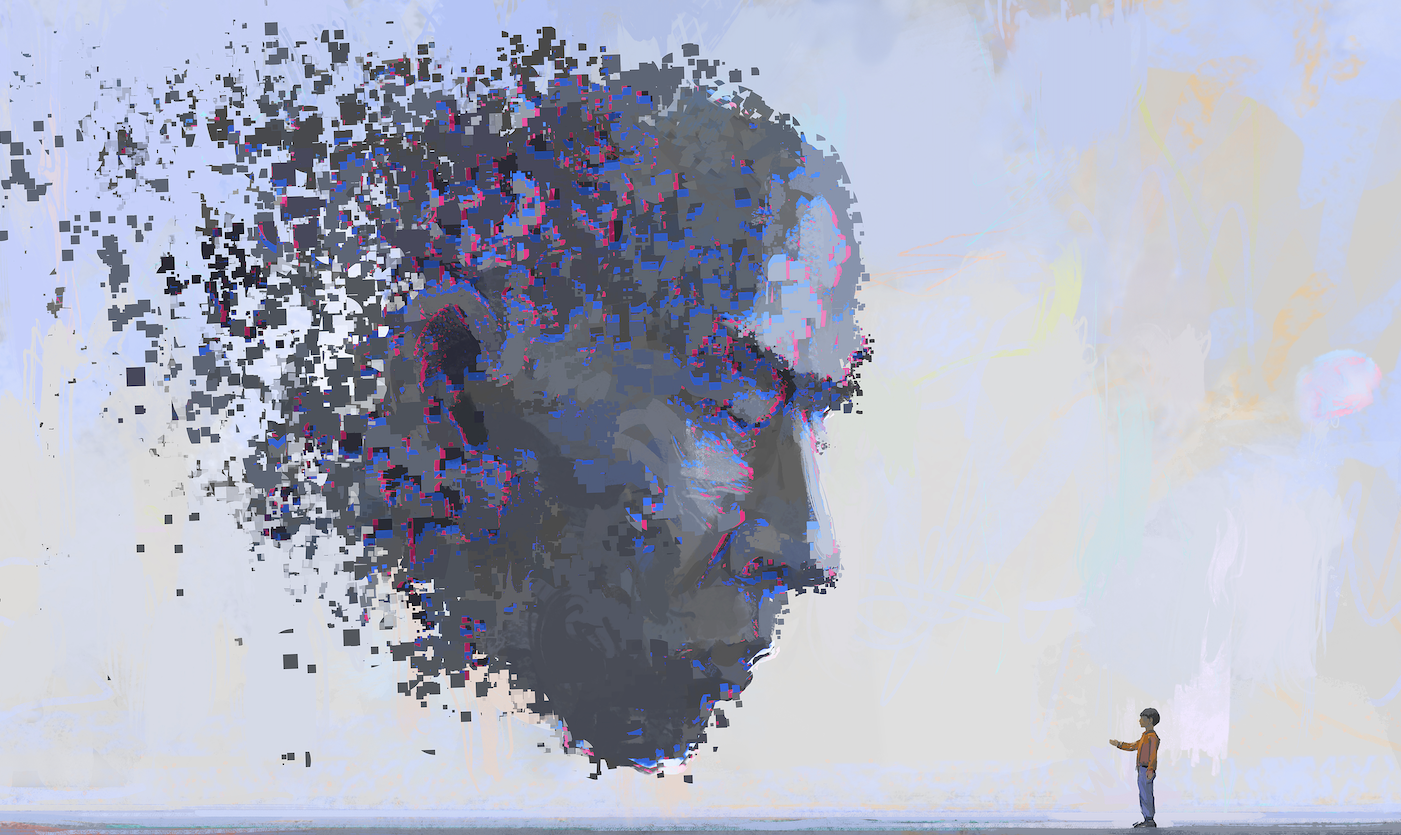
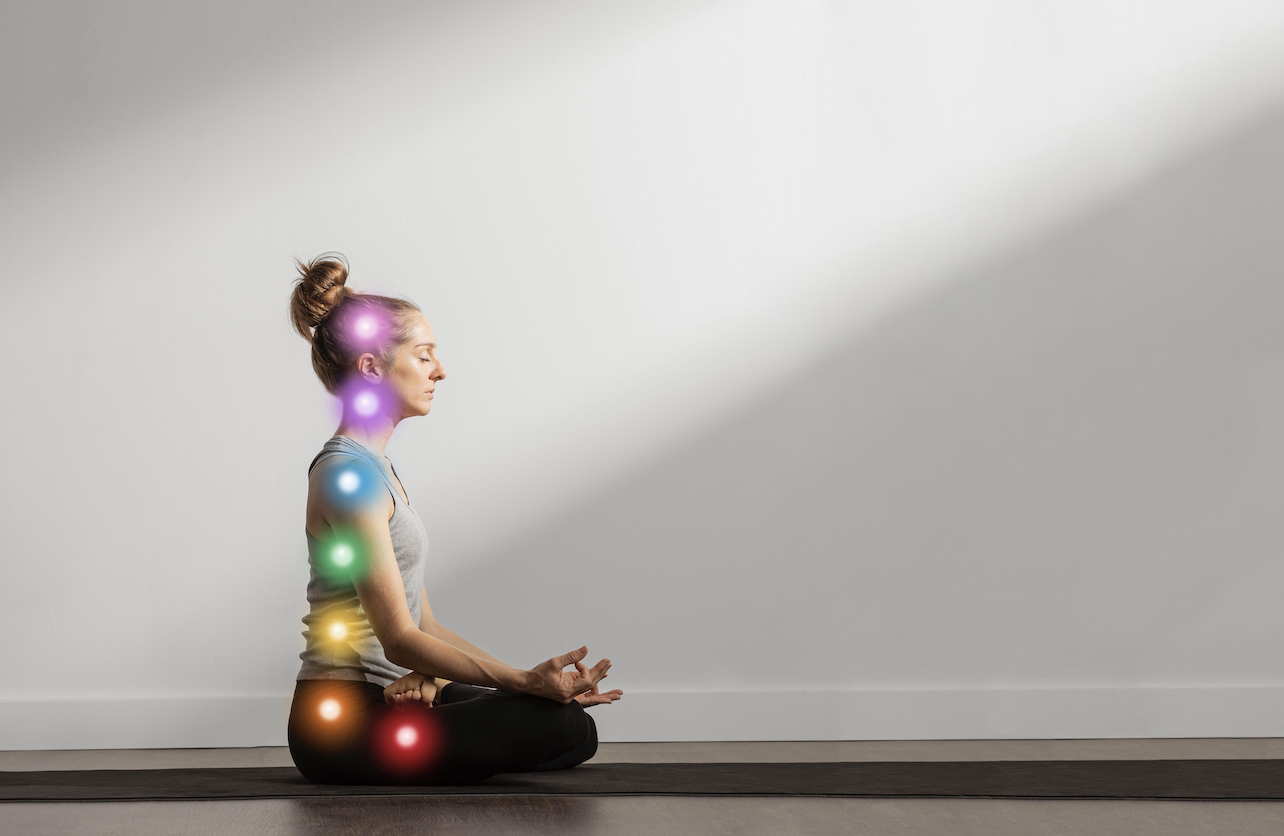



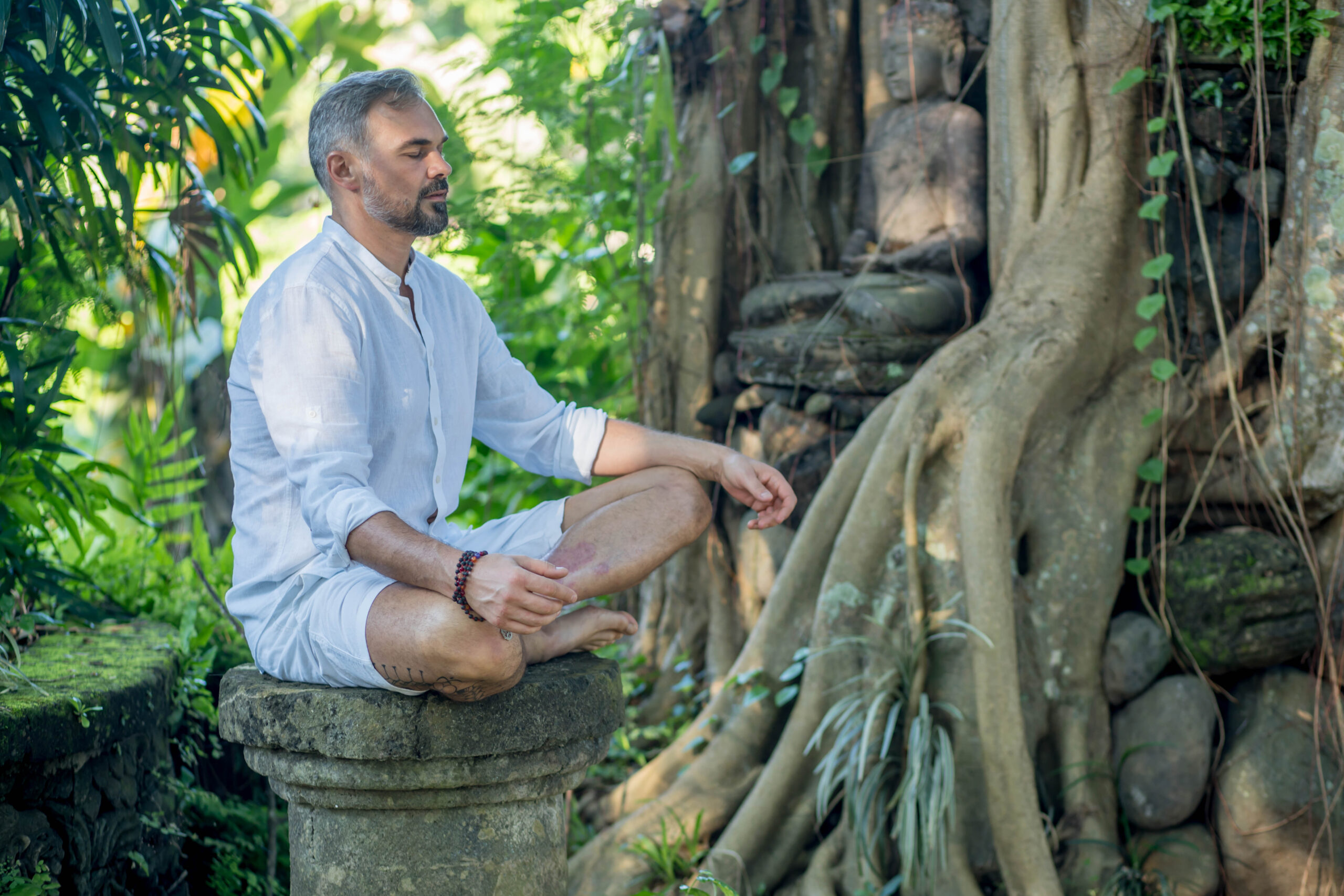
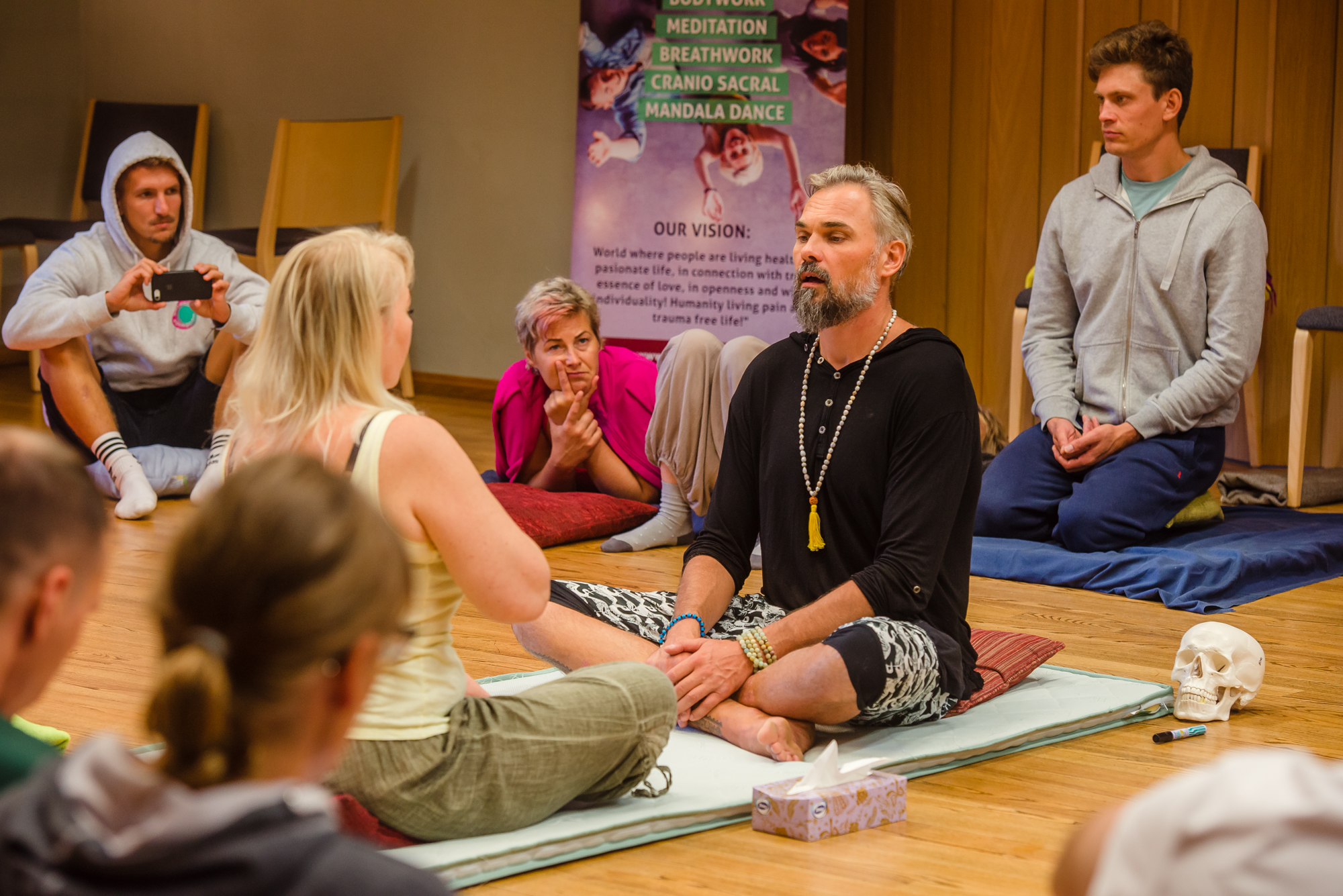
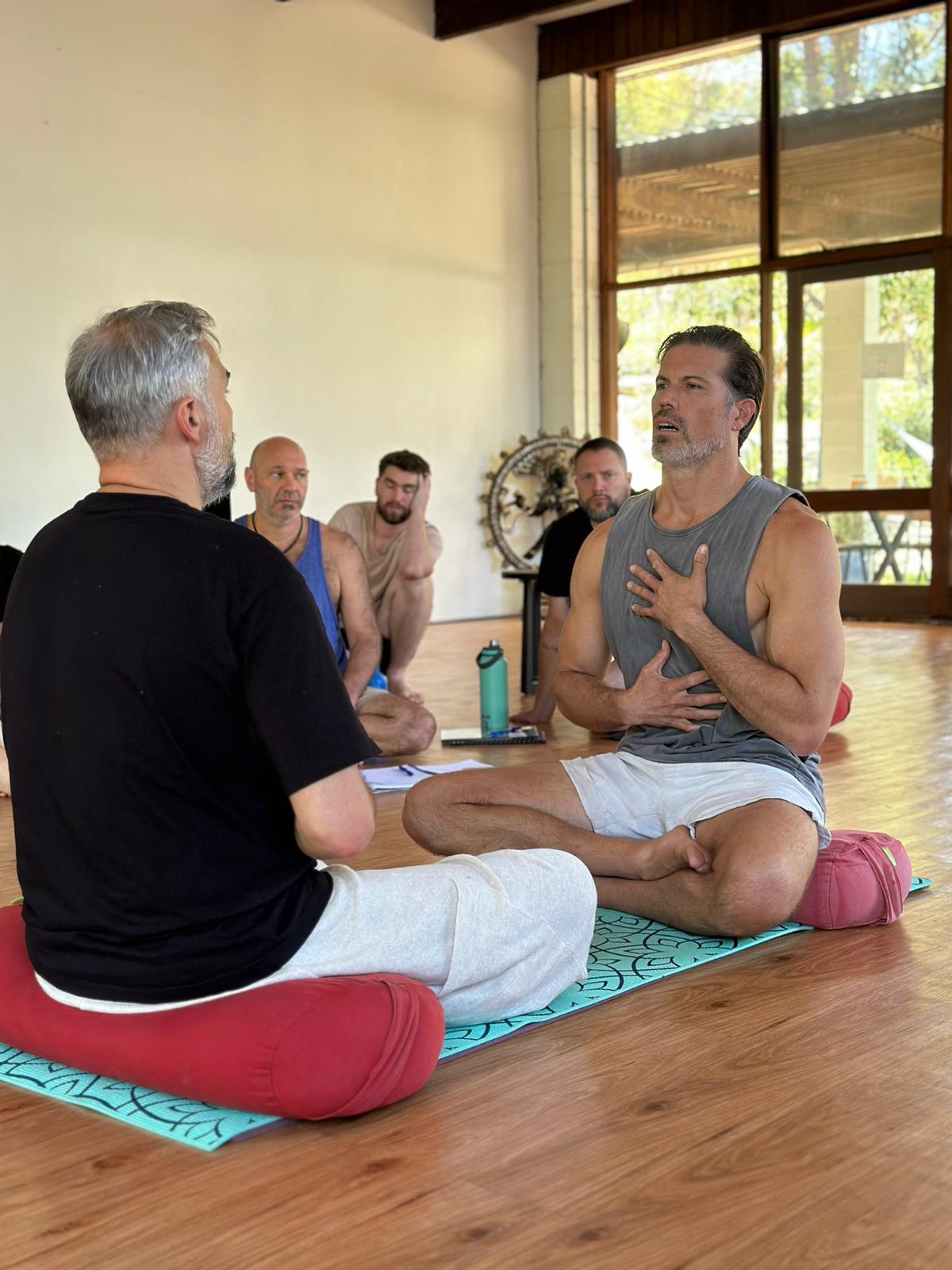
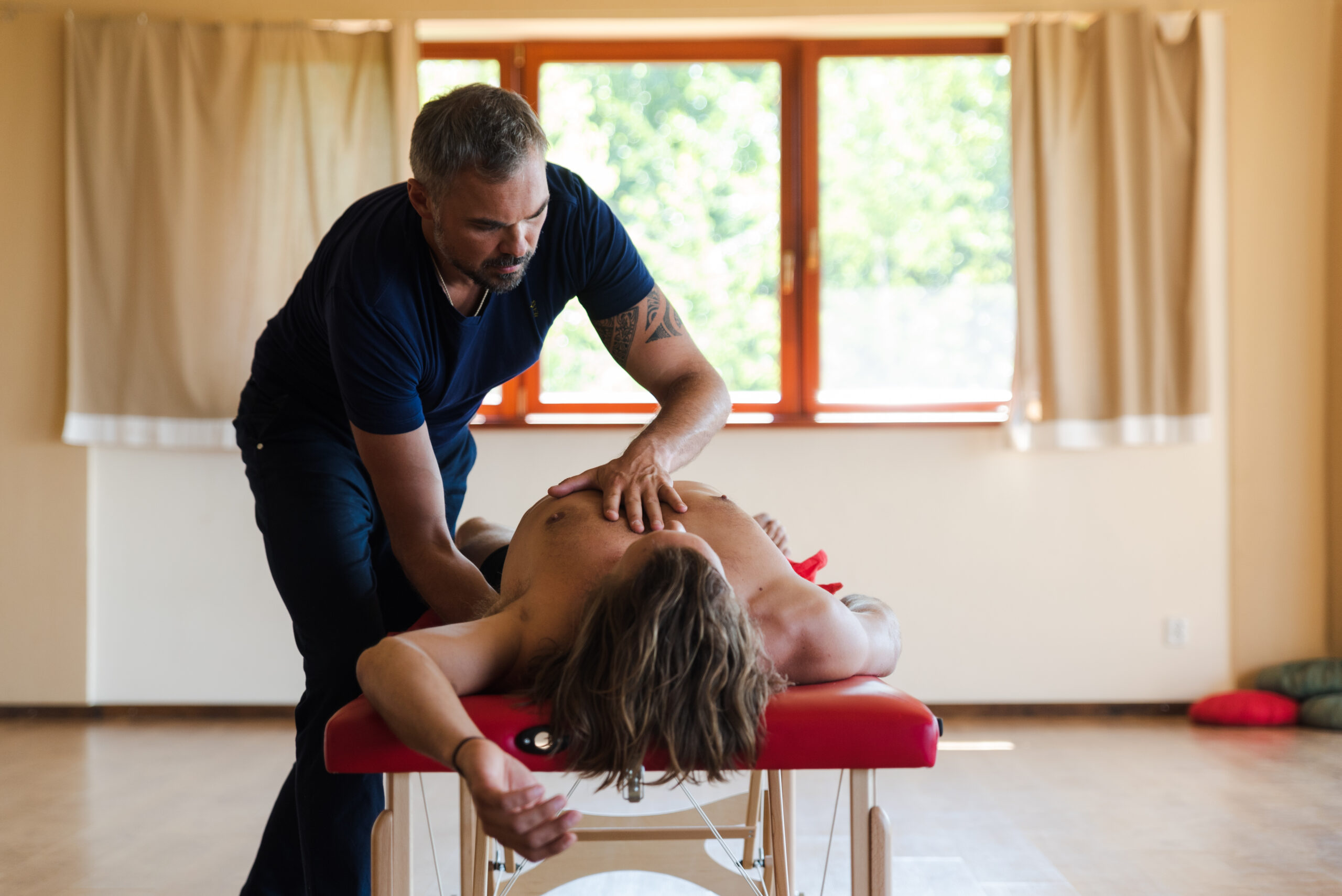
Comment
No one has written a comment yet. You can be the first!